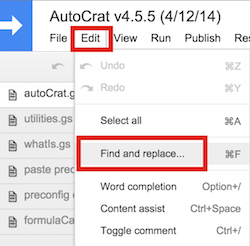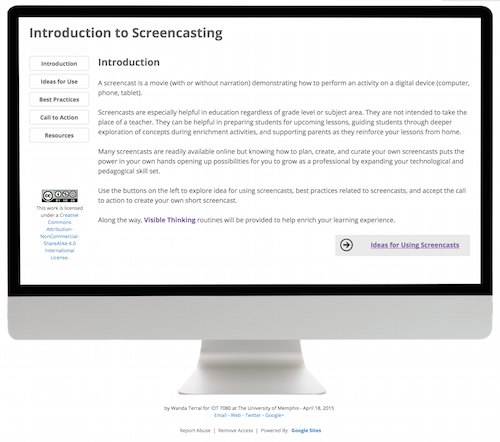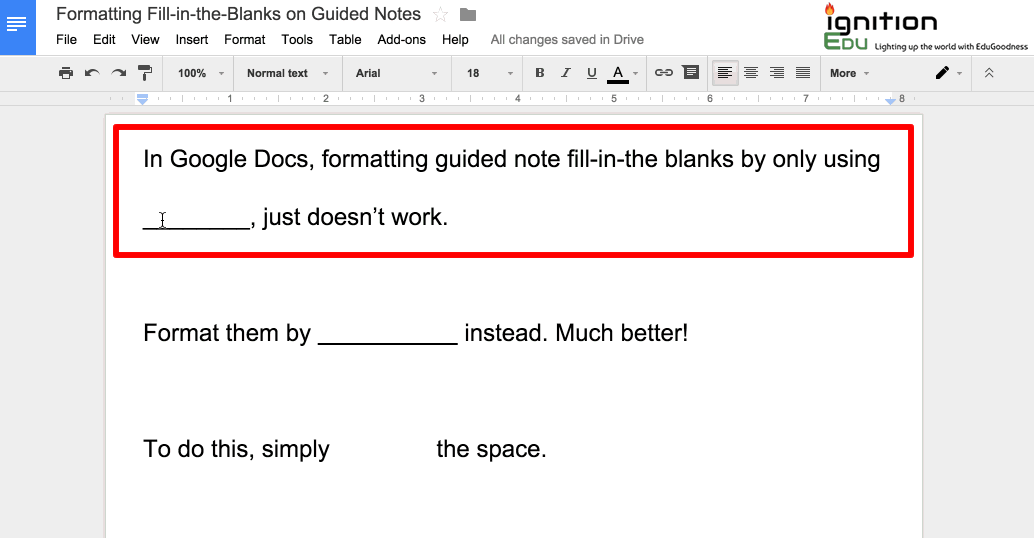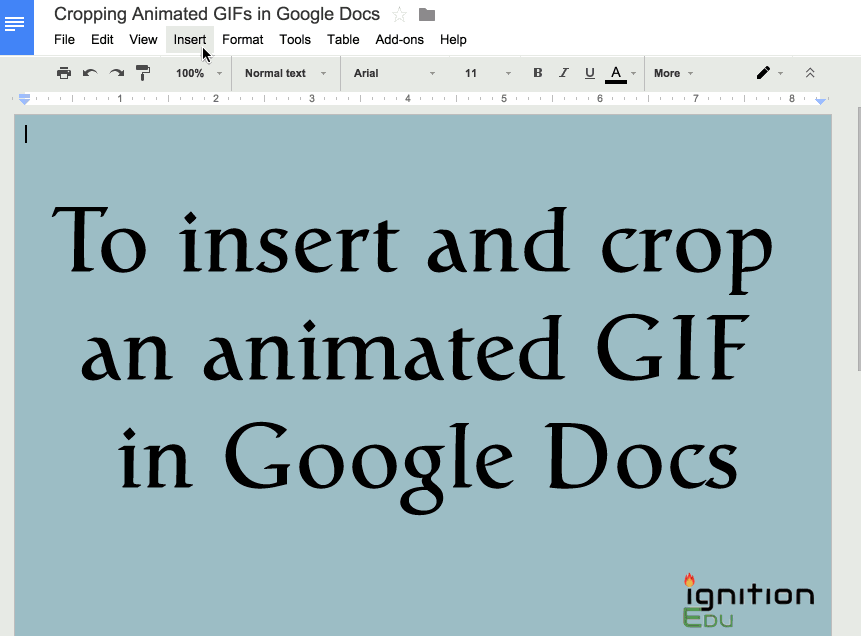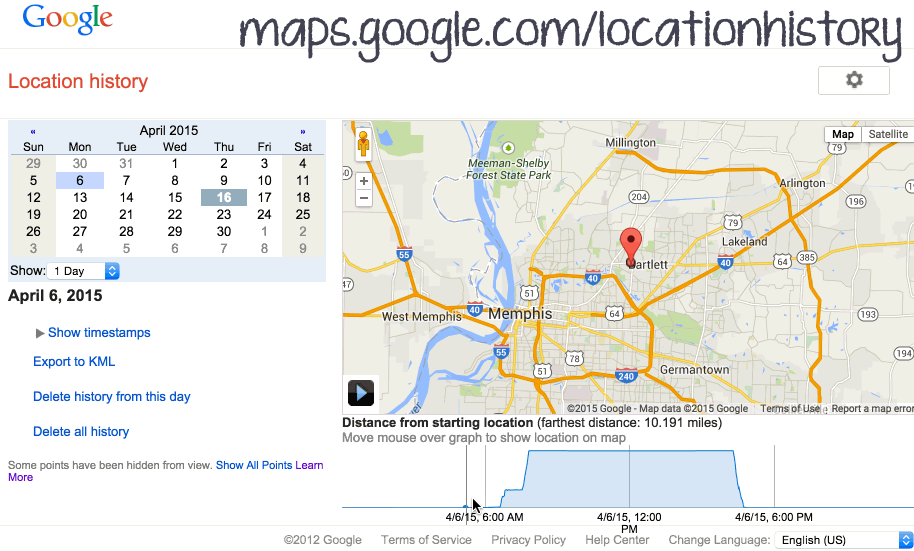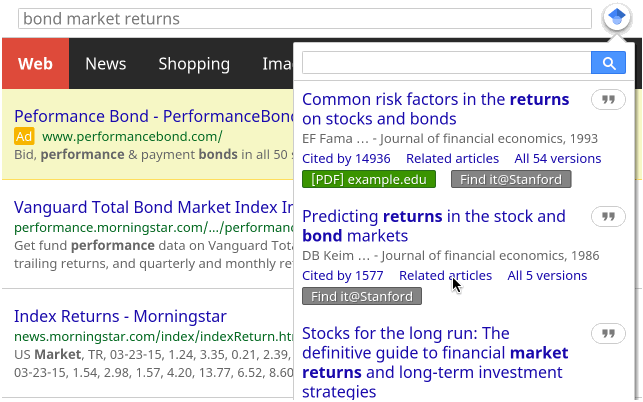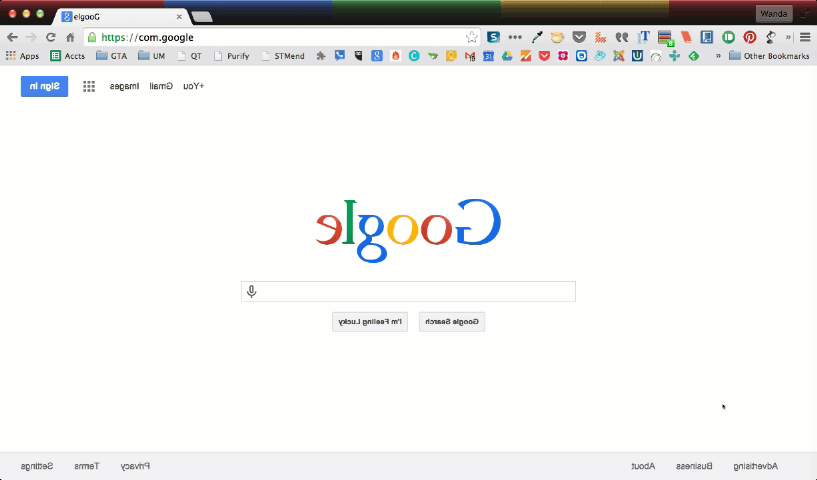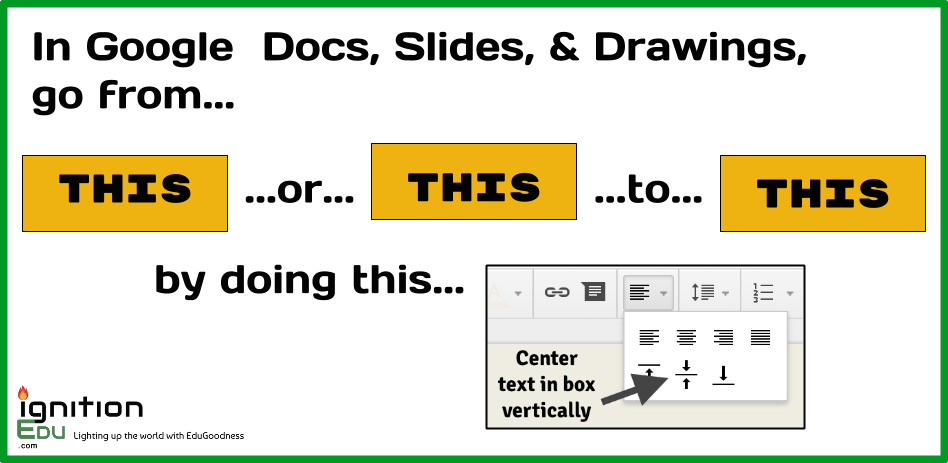 Since I attended the Google Teacher Academy in December, 2014, I have done everything possible to spread the word about the various certifications Google offers related to Google in Education. I had been a “Google Qualified Individual” and then that program changed to “Google Educator”. I went through that process and learned so much about Google Apps for Education in the process. I then applied to the “Google Education Trainer” program and was accepted. I hold training sessions for the teachers at my school as well as present at conferences. Following the GTA in Austin, TX, I was able to add “Google Certified Teacher” to my list of recognitions (although I didn’t do it for the label).
Since I attended the Google Teacher Academy in December, 2014, I have done everything possible to spread the word about the various certifications Google offers related to Google in Education. I had been a “Google Qualified Individual” and then that program changed to “Google Educator”. I went through that process and learned so much about Google Apps for Education in the process. I then applied to the “Google Education Trainer” program and was accepted. I hold training sessions for the teachers at my school as well as present at conferences. Following the GTA in Austin, TX, I was able to add “Google Certified Teacher” to my list of recognitions (although I didn’t do it for the label).
I got the information below yesterday and am passing it on to anyone interested, mainly because I have been doing sessions at conferences about getting certified and this changes a good chunk about what I have been sharing. Specifics haven’t been released yet and it appears that they won’t be until June. I’m not sure what I’m going to do about the certification sessions I have planned in the meantime but, hey, Google is all about change. Anyone who can’t go with the flow of “launch early and iterate” may want to stick with Office 365. LOL!
<speculation>I expect that the changes are coming because we hear rumors that the Google Certified Teacher label is going to be changed to something like Google Certified Educator to make clear that it also includes school administrators and support staff. If that IS the new label, it would definitely be confusing to also have Google Educator floating around out there.</speculation>
So, here is the bulk of the email I got on the topic. I know no more than what is here. I anxiously await more details about the changes.
This from Google:
We are currently updating our certification programs to provide a better learning and assessment experience for educators and people who train educators. The content in the exams will remain the same so please continue to use the learning material available at google.com/edu/training to prepare. The main change will be in the name of the certificate.
If you have purchased the exams as a step to become a trainer, you do not need to worry about any changes to the certificate. However, if you have purchased the exams in order to become a Google Educator, we’d like to share some important dates given the certificate name change:
April 7 – Final date for individuals to purchase new exams. All exams already purchased will continue to count toward a certificate. If you have started your certification but have not purchased all of the exams needed, please purchase them before this date.
June 27 – Final date to complete all 5 exams in order to achieve a “Google Educator” certificate.
June 28 – Any exams passed on or after this date will count toward a new training certificate. The name is still to be determined.
As a reminder, in order to achieve a certificate, you need to pass the 4 required exams (Gmail, Drive & Docs, Calendar, Sites) and a minimum of 1 other elective, such as Chrome. If you begin your exams between April 1st and June 28th, you will have 180 days to complete the full set (extended from 90 days to account for the time the exams are unavailable).
Any exams completed after June 28th will still achieve a training certificate that is valid for 18 months. This training certificate will meet the requirement for those applying to become Google Education Trainers, but the certificate will not be called “Google Educator”.
In summary:
- If you’d like to receive a certificate that says “Google Educator”, you need to pass all 5 exams by June 27th, 2015.
- If you’re taking the exams to become a trainer OR you don’t care whether the certificate says “Google Educator” or another training certificate, then you can take the exams whenever it’s convenient for you.
- If you fail an exam, you will not be able to purchase a new exam until June 28. However, we will be extending the certification period to 180 days which should give you enough time to retake the exam. If this isn’t enough time, please contact us.
Questions? Email gfe-certifications@google.com
FAQs
1. What do I need to do to achieve my certificate?
You need to pass the 4 required exams (Gmail, Drive & Docs, Calendar, Sites) and a minimum of 1 other elective, like Chrome or Chromebooks. Once you pass the first exam, you have 90 days to complete the other 4 exams in order to achieve the certificate.
2. If the exam content changing – do I need to study something different?
No. The product exams will continue to reflect the content available in the current Learning Center at google.com/edu/training.
3. What happens if I pass all 5 exams on or after June 28?
You will achieve a valid Google for Education training certificate, but it will not be called “Google Educator”. It will still be considered a prerequisite for applying to the Google for Education trainer program.
4. How long does my certificate last?
All certificates expire after 18 months.
5. I am taking these exams to become a trainer, what should I be worried about?
Nothing! The content in the exams will continue to be targeted towards individuals who want to deliver Google for Education product training to others and the exams will still be prerequisites for applying to the Google for Education trainer program.
6. I am taking these exams to get certified as a Google Educator, what should I be worried about?
As long as you pass 5 exams by June 27, you be certified as a “Google Educator”. If you’re unable to to complete by this date, you will still receive a valid Google for Education training certificate. This certificate will identify you as an expert in Google for Education products, but will not be called “Google Educator”.
7. What will be the name of the new certificate?
The name of the certificate will be announced at the end of June. Because the content in the Learning Center has been historically focused on product training, the certificate will be geared for those who deliver training.
 Click image to view larger version in a new window.
Click image to view larger version in a new window.
